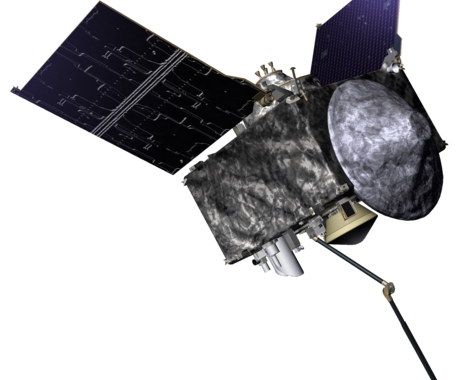NASA’s OSIRIS-REx Spacecraft Lands Safely with Asteroid Samples
NASA’s OSIRIS-REx spacecraft landed safely in the Utah Test and Training Range this morning, bringing with it the first asteroid samples ever returned to Earth.
The spacecraft touched down at 10:52 a.m. EDT (7:52 a.m. PDT), after a two-year journey home from asteroid Bennu. OSIRIS-REx collected the samples in October 2020, using a robotic arm to scoop up regolith, or loose surface material, from the asteroid.
The spacecraft’s sample return capsule is now being collected by a team of NASA engineers and scientists. The capsule will be transported to NASA’s Johnson Space Center in Houston, Texas, where it will be opened and the samples will be carefully studied.
The OSIRIS-REx mission is a major milestone in space exploration. It is the first mission to return samples from an asteroid, and the samples will provide scientists with valuable information about the early solar system and the origins of life.
The OSIRIS-REx mission is led by the University of Arizona, and it is managed by NASA’s Goddard Space Flight Center in Greenbelt, Maryland. Lockheed Martin Space Systems built the spacecraft and operates it.
What the Science Team Will Do with the Samples
Once the OSIRIS-REx sample return capsule arrives at NASA’s Johnson Space Center in Houston, Texas, it will be opened and the samples will be carefully studied by a team of scientists.
The samples will be analyzed using a variety of techniques, including microscopy, spectroscopy, and mass spectrometry. These techniques will allow scientists to identify the minerals and other compounds present in the samples, as well as their age and history.
The scientists will also be looking for evidence of organic molecules in the samples. Organic molecules are the building blocks of life, and their presence in the samples would suggest that Bennu and other asteroids could have played a role in the delivery of life to Earth.
The OSIRIS-REx samples will be studied by scientists from around the world for many years to come. They are expected to provide new insights into the early solar system, the origins of life, and the potential for asteroids to harbor resources that could be used by future explorers.
